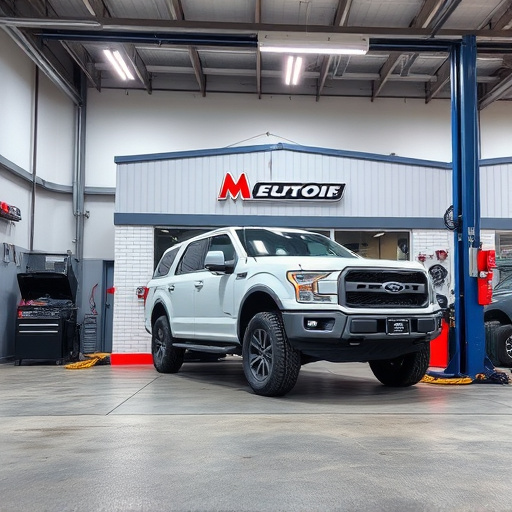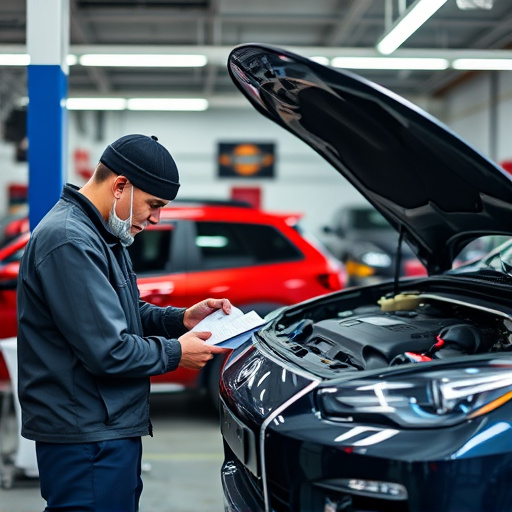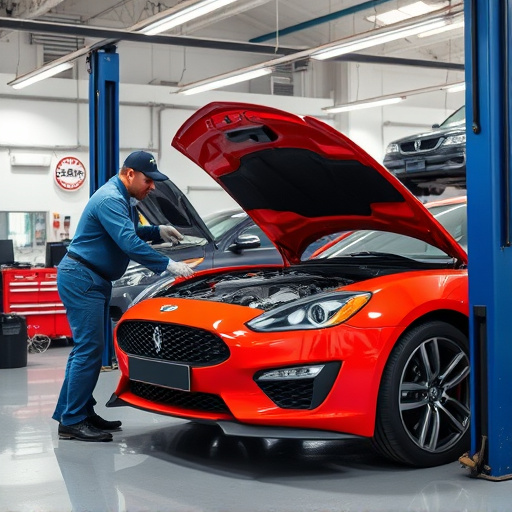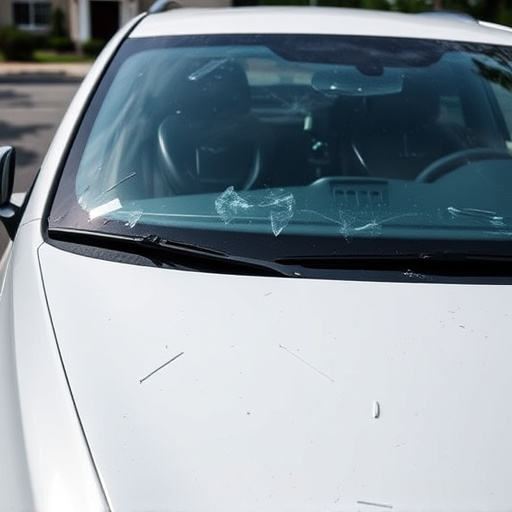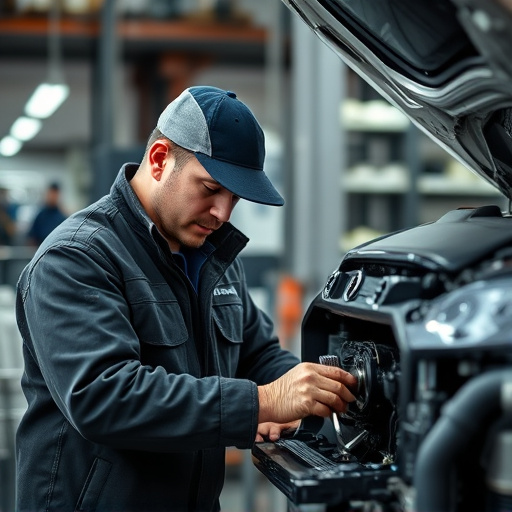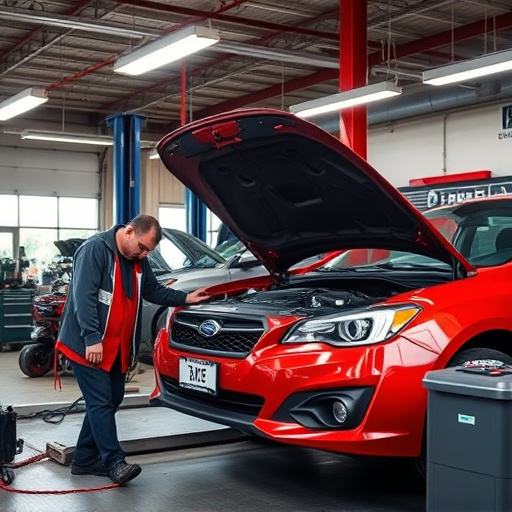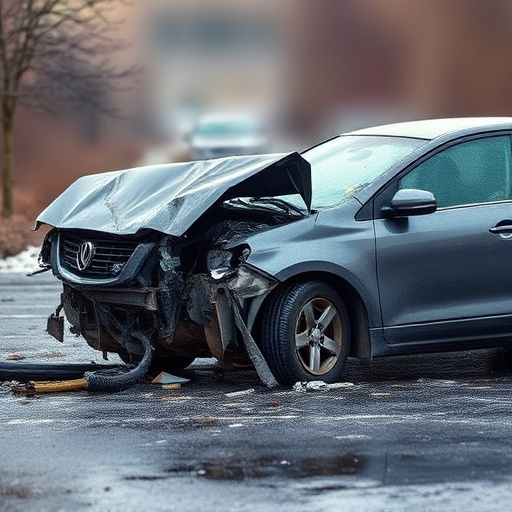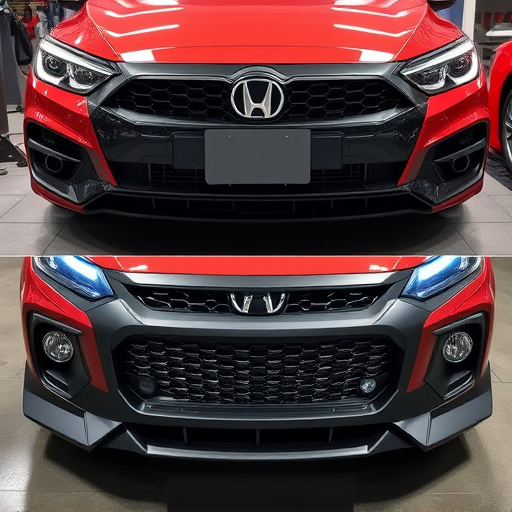Efficient radiator collision repair is vital for collision centers to maintain vehicle functionality and system integrity. Technicians use specialized tools and knowledge of integrated systems like auto glass to address damage from minor collisions. Modern centers employ advanced methods, including laser technology, for quick, reliable repairs, especially for luxury brands, ensuring optimal performance and value.
In today’s automotive landscape, efficient radiator collision repair is paramount for ensuring vehicle safety and performance. Collision centers often face complex challenges when dealing with damaged radiators due to their critical role in cooling systems. Understanding radiator systems and adopting advanced repair techniques are key to effective collision repair. This article delves into these aspects, providing insights on common damages, repair methods, and cutting-edge techniques for optimal radiator collision repair.
- Understanding Radiator Systems in Vehicles
- Common Damage During Collisions and Repair Methods
- Advanced Techniques for Efficient Radiator Collision Repair
Understanding Radiator Systems in Vehicles
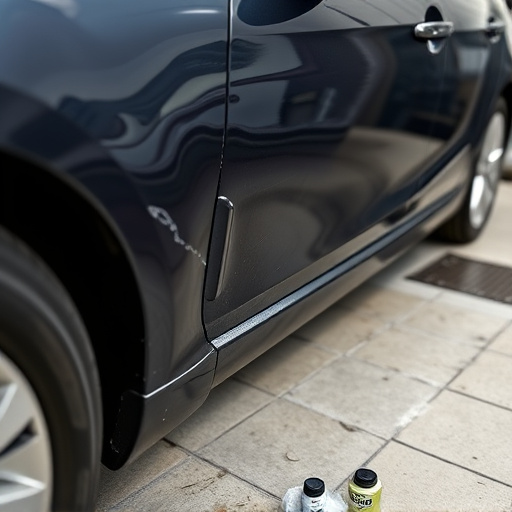
In the intricate landscape of modern vehicles, understanding radiator systems is paramount for collision centers engaged in radiator collision repair. These cooling systems play a vital role in maintaining optimal engine temperatures, preventing overheating, and ensuring the longevity of various automotive components. At their core, radiators are designed to dissipate heat from the engine’s coolant by transferring it to ambient air, facilitated by fans or natural convection. In the event of damage, typically stemming from fender benders or other minor collisions, collision centers must possess the expertise to diagnose and repair these systems effectively.
A comprehensive grasp of radiator mechanics involves knowing the interplay between components like water pumps, thermostats, radiators themselves, and cooling fans. During a car restoration process that incorporates auto glass repair as a separate yet interconnected service, technicians must also consider potential compromises in the overall cooling system architecture. By leveraging specialized tools and adhering to industry standards, collision centers can expertly address radiator issues, ensuring not just functional vehicles but also maintaining the integrity of other critical systems in modern automobiles.
Common Damage During Collisions and Repair Methods
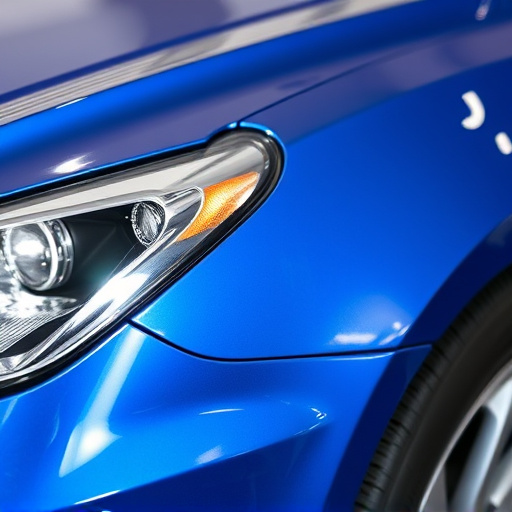
During collisions, radiators often suffer from various types of damage, including dents, cracks, and even complete disintegration. These incidents can occur due to high-impact accidents, where metal components may bend, twist, or shatter. The complexity of radiator repair lies in the need for precision and expertise to ensure the restored component is as efficient and safe as the original.
Collision centers employ specialized techniques for radiator collision repair, ranging from simple dent repair to more intricate refinishing and replacement. Skilled technicians use advanced tools and materials to correct deformities, ensuring structural integrity and optimal heat transfer performance. Additionally, these centers often offer comprehensive vehicle repair services, including tire services, to cater to the diverse needs of clients after a collision.
Advanced Techniques for Efficient Radiator Collision Repair
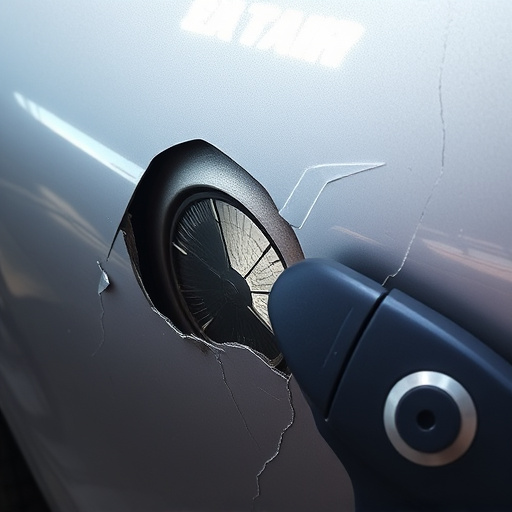
In the realm of automotive collision repair, efficient radiator collision repair techniques have become a game-changer. Modern collision centers employ advanced methods to ensure quick and reliable repairs, minimizing downtime for vehicle owners. One such technique involves utilizing specialized tools and equipment designed specifically for intricate radiator components. For instance, high-precision laser cutting and welding machines enable precise repairs without compromising the integrity of surrounding parts, common in complex Mercedes-Benz repair scenarios.
These advanced techniques not only enhance the speed of the repair process but also boost overall efficiency. Skilled technicians leverage their expertise to identify potential issues and implement targeted solutions. By combining cutting-edge technology with meticulous craftsmanship, collision centers can deliver top-notch automotive repair services, ensuring vehicles return to the road in optimal condition. This level of professionalism is especially valuable for high-end vehicles like Mercedes-Benz, where even the slightest deviation from factory standards can impact performance and value.
In conclusion, efficient radiator collision repair is a vital component of modern collision centers. By understanding vehicle radiator systems, recognizing common collision-related damages, and adopting advanced repair techniques, technicians can significantly enhance vehicle performance and customer satisfaction. These strategies not only streamline the repair process but also ensure that vehicles return to the road safely and reliably, making collision centers essential hubs for high-quality radiator repair services.
